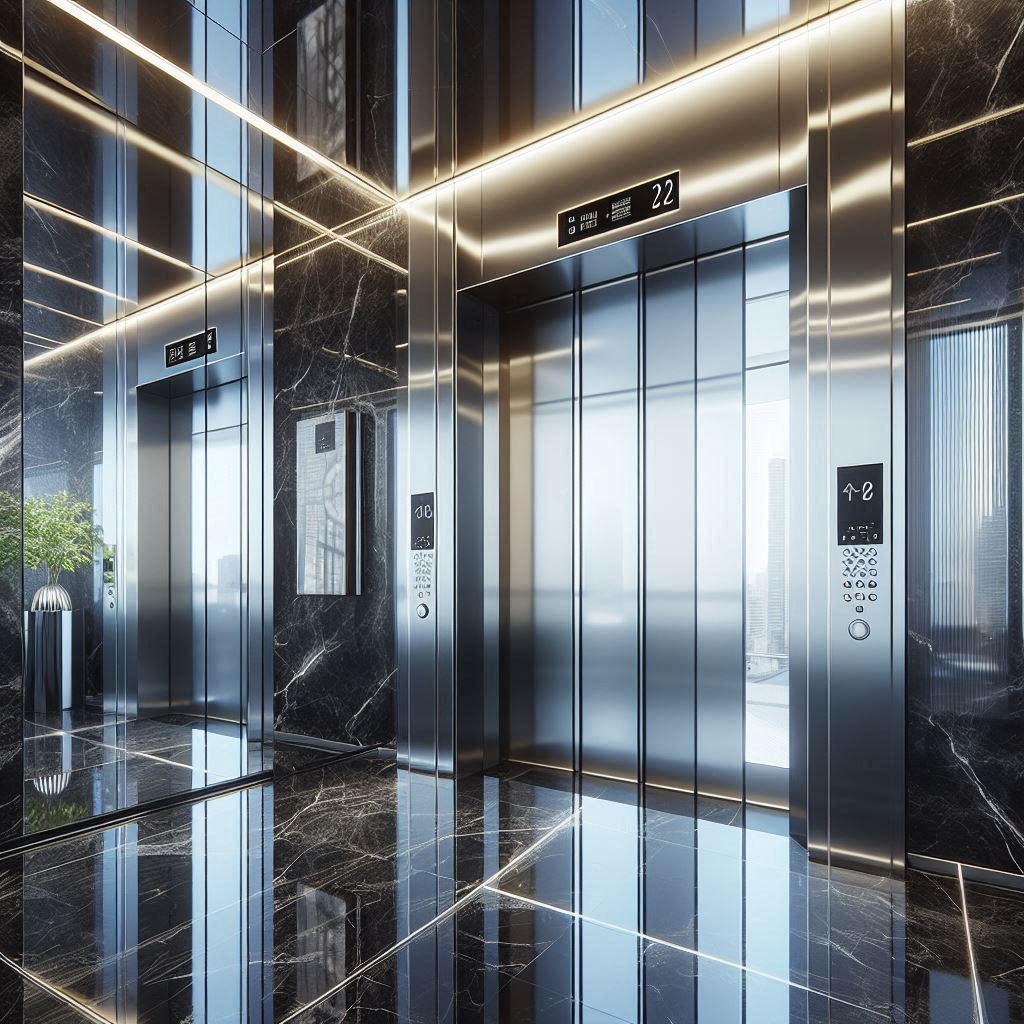Elevators are a cornerstone of modern infrastructure, ensuring accessibility and convenience in buildings of all sizes. However, with great utility comes the responsibility of maintaining safety and compliance. Recent updates to elevator codes, particularly concerning elevator door lock monitoring, are a testament to the industry’s commitment to passenger safety and operational efficiency.
What is Elevator Door Lock Monitoring?
Door lock monitoring is a safety mechanism designed to ensure that elevator doors are securely closed and locked before the elevator car moves. This system prevents accidents caused by doors opening unexpectedly or the elevator moving with improperly closed doors. It is a critical feature, especially in high-traffic buildings where elevator usage is frequent.
The New Code Requirements
The latest updates to elevator codes, such as those outlined in the ASME A17.1 Safety Code for Elevators and Escalators, emphasize stricter door lock monitoring protocols. These changes aim to enhance safety and reduce the risk of accidents. Key highlights of the new requirements include:
- Mandatory Retrofitting: Depending on the State and jurisdiction, existing elevators must be retrofitted with door lock monitoring systems if they do not already have them. This ensures that older systems meet modern safety standards. This is mandatory if the elevators are being modernized for other reasons.
- Real-Time Monitoring: The new codes require real-time monitoring of door locks, enabling immediate detection of any malfunctions or irregularities.
- Enhanced Reporting: Elevator systems must now include features that log and report door lock issues, aiding in timely maintenance and compliance checks.
- Energy Efficiency Considerations: In addition to safety, some updates also address energy efficiency, ensuring that monitoring systems do not significantly increase power consumption.
Why These Changes Matter
The push for updated door lock monitoring requirements stems from a growing awareness of elevator-related incidents and the need for proactive safety measures. By implementing these changes, regulatory bodies aim to:
- Reduce Accidents: Enhanced monitoring minimizes the risk of accidents caused by door malfunctions.
- Improve Maintenance: Real-time data and reporting streamline maintenance processes, ensuring issues are addressed promptly.
- Boost Public Confidence: Passengers can feel more secure knowing that elevators adhere to the highest safety standards.
Challenges and Opportunities
While the new requirements are a step forward, they also present challenges for building owners and elevator service providers. Retrofitting older systems can be costly and time-consuming. However, these updates also offer opportunities for innovation, such as the development of more efficient and reliable monitoring technologies.
If you have an elevator that was installed prior to 2004, you most likely do not have door lock monitoring. You can get door lock monitoring 2 ways:
1. Replace the elevator controller – Replacing the elevator controller and door operator will ensure you have door lock monitoring and is the most reliable way to complete the requirement. This is also the most expensive way to get door lock monitoring because of the cost of the new controller and you may also trigger other code requirements on the elevator and with the building.
2. Install an auxiliary DLM panel on an existing controller – This is the quickest and least expensive option. Older elevator controllers and door operators are not recommended to have this completed because it may make your elevator system less reliable due to the additional devices that need to be added.
We recommend you contact your elevator service company to find the best solution for your elevator. If you need a service company, please use our Elevator Directory.
Conclusion for Elevator Door Lock Monitoring
The new code requirements for elevator door lock monitoring represent a significant advancement in passenger safety and operational reliability. As the industry adapts to these changes, collaboration between regulatory bodies, manufacturers, and building owners will be crucial. Together, we can ensure that elevators continue to be a safe and efficient mode of transportation in our ever-evolving urban landscapes.
If you’d like to dive deeper into specific aspects of these updates or explore how they might impact your building, please let me know!
